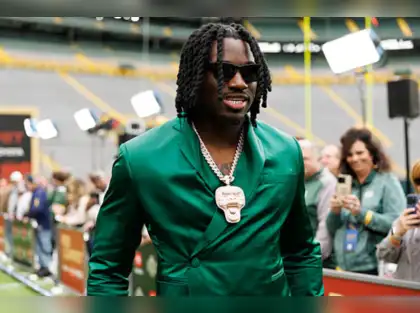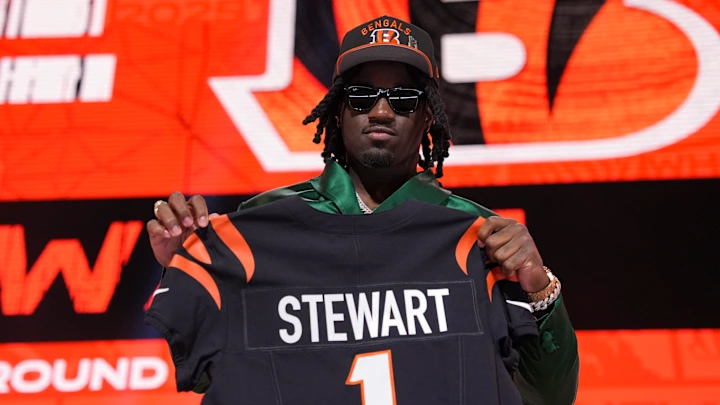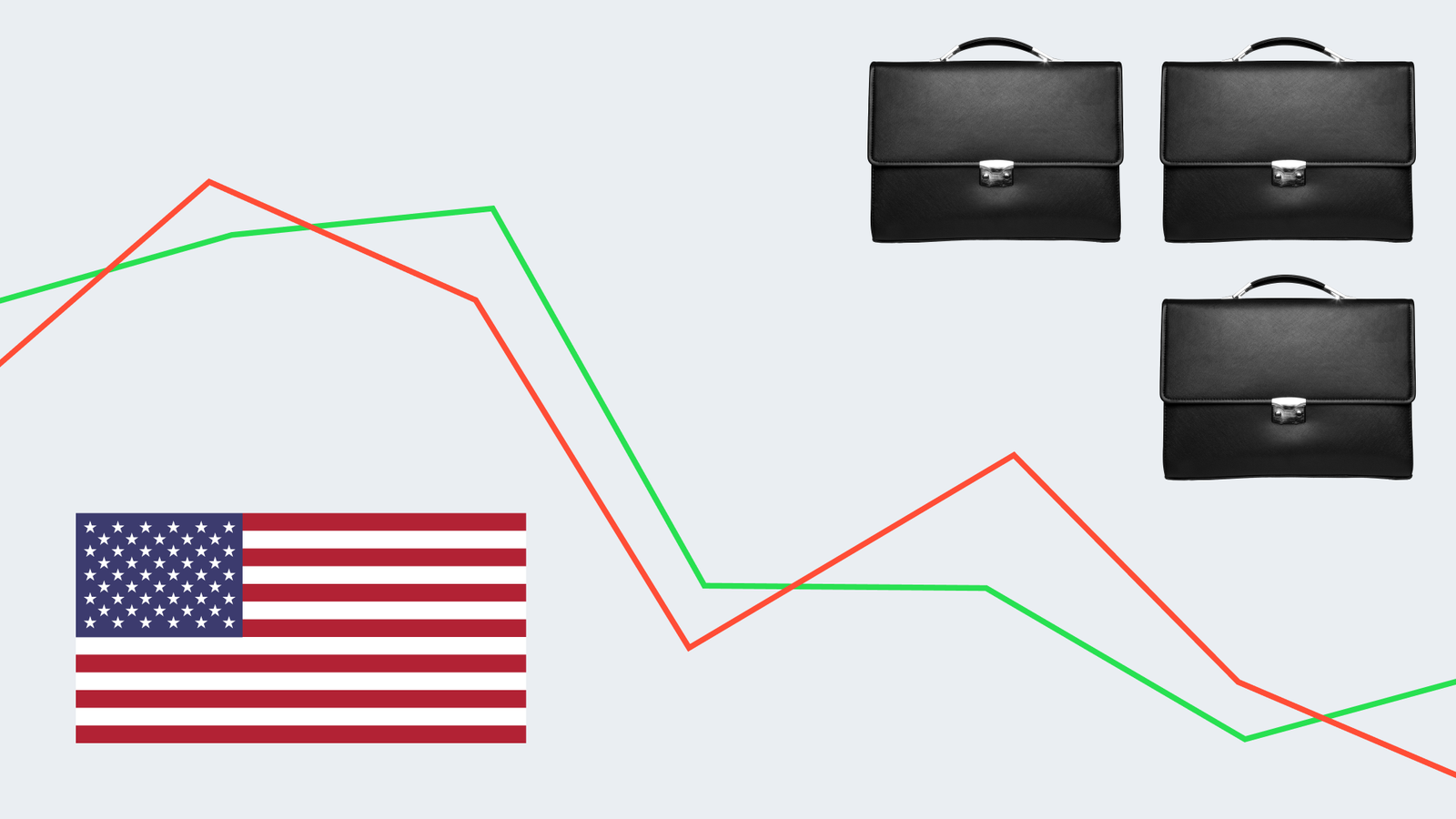Could Shemar Stewart Return to School? The NFL Rookie’s Next Move Is Creating Buzz
Shemar Stewart, the unsigned edge rusher recently drafted by the Cincinnati Bengals, is at the center of one of the most fascinating storylines of the NFL offseason — and it’s one that might even test the NCAA’s rules and the NFL’s bargaining practices.
Last month, we explored the different paths Stewart could take after not yet reaching a deal with the Bengals. Now, one option appears to be gaining traction: a return to college football — possibly back at Texas A&M.
Stewart Still Training at Texas A&M
According to a report from Bud Elliott of CBS Sports, via Billy Heyen of The Sporting News, Stewart has been “fully involved in workouts” at Texas A&M. While he’s not currently practicing with the Aggies (fall camp hasn’t begun yet), he’s definitely active on campus. This naturally raises the question: is a college comeback on the table?
Elliott’s source believes Stewart may try to play again this season and re-enter the NFL Draft in 2026. But there’s a catch — or several.
The Legal and Eligibility Gray Area
By traditional NCAA standards, once a player is drafted, they’re no longer eligible to return to college football. However, this rule — like many others in college sports — could be vulnerable to legal challenges, especially under federal antitrust law. As we’ve seen in recent years with NIL (Name, Image, and Likeness) and transfer portal upheavals, NCAA regulations don’t always hold up when tested in court.
If Stewart hasn’t signed a contract or received a paycheck from the Bengals, why should he be barred from returning to school?
This line of questioning could draw legal firepower — and one name mentioned as a potential disruptor is famed NCAA critic and antitrust attorney Jeffrey Kessler. A single legal letter from Kessler could be enough to make the NCAA back off, or at least reconsider.

Timing Is Everything
If Stewart does plan to return to school, he’ll need to move quickly. The college football season is fast approaching, and rosters will soon be set. Texas A&M — or any other school — would need to act soon if they’re interested in adding Stewart for the 2025 season. And with the NCAA transfer portal virtually unenforceable in today’s chaotic landscape, there may be more flexibility than meets the eye.
Translation: Any top-tier program with a need at edge rusher should be quietly reaching out now. The opportunity to land a former first-round NFL pick doesn’t come around often.
The Bengals’ Dilemma
As things stand, the Bengals still hold Stewart’s NFL rights. Under the terms of the NFL Collective Bargaining Agreement (CBA), a team retains a drafted player’s rights through the first draft after their eligibility expires. So if Stewart sits out the NFL in 2025 and re-enters in 2026, he would either go back into the draft pool or fall under the Bengals’ control again — depending on the legal reading of the CBA.
But here’s the twist: If Stewart plays college ball in 2025 and receives NIL compensation (which can reach high six or seven figures at elite programs), he could effectively make the money he missed in 2024 — all while keeping future NFL options open.
The only downside? A delay in reaching free agency or his second NFL contract, which could affect long-term earnings. But if his NIL payday is strong enough, that tradeoff might be worth it.
A Possible Power Play
There’s also a strategic reason Stewart might float the idea of going back to school: leverage.
The Bengals reportedly want Stewart to agree to tougher contract language related to the voiding of guaranteed money — something no other Cincinnati player has had to accept. If the Bengals believe Stewart is seriously considering a return to college, they might reconsider their hardline stance.
Then again, these are the Bengals — an organization known for being both frugal and stubborn. Their initial response might simply be to call Stewart’s bluff. But if they think there’s a real chance of losing their first-round pick for a year (or more), things could get interesting fast.
What Comes Next?
Shemar Stewart’s situation could become a landmark case — not just in NFL negotiations but in the broader conversation about player rights in both college and pro football.
Is he a trailblazer about to challenge the NCAA’s outdated restrictions and the NFL’s rigid rookie system? Or will this be a short-lived bluff that ends with a standard rookie deal in Cincinnati?
One thing’s certain: schools, agents, and front offices are watching very closely.



